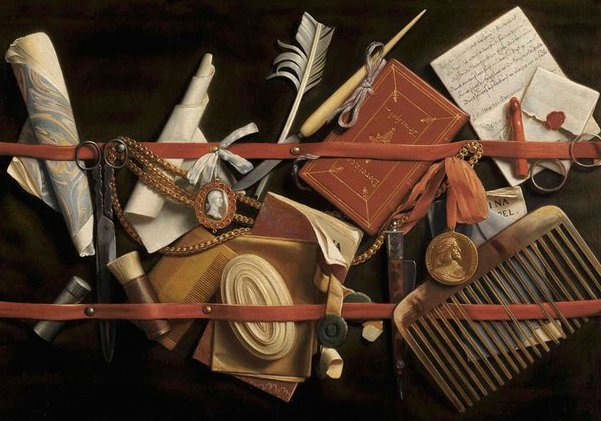DO ARCADISMO AO ROMANTISMO: SIMILITUDES E ESPECIFICIDADES NA CONSTRUÇÃO DO CÂNONE NACIONAL
DOI:
https://doi.org/10.48075/rlhm.v12i20.14983Palavras-chave:
Literatura Brasileira, Cânone Literário, História da Literatura, Literatura Comparada.Resumo
Muito se tem discutido acerca das características das estéticas literárias brasileiras do Arcadismo e do Romantismo dentre os estudos que visam comparar tais períodos literários, observando seus fatores na criação de um cânone especificamente dito como nacional no Brasil. Temas como o nacionalismo, a natureza e o culto ao aborígene são recorrentes em ambas as estéticas, que buscam quase sempre recriar aspectos de um Brasil idealizado, ainda sob o jugo do colonialismo e do monarquismo. Assim, o presente trabalho tem por objetivo estabelecer elos comparativos entre os dois movimentos literários aqui mencionados, levando em conta seus períodos históricos e relevâncias específicas de cada um para nossa literatura. Para tanto, utilizaremos as pesquisas elaboradas por Guilhermino Cesar, descritas em sua obra Historiadores e Críticos do Romantismo, assim como as considerações feitas por Alfredo Bosi em seu livro História Concisa da Literatura Brasileira. Também lançaremos mão de diversos ensaios do pesquisador Ricardo Leão, presentes na obra Os Atenienses e a Invenção do Cânone Nacional. Destacaremos, ainda, as contribuições de Afrânio Coutinho, com a leitura de Caminhos do Pensamento Crítico e de Antônio Candido com seu ensaio Na Sala de Aula. Por fim, buscaremos ancoragem nas teorias da Literatura Comparada, propostas por Sandra Nitrini em Literatura Comparada: História, Teoria e Crítica. Evidenciaremos, a partir dessas leituras, como o Arcadismo e o Romantismo colaboraram para a construção de uma literatura chamada de “brasileira”, procurando ressaltar a importância que ambos tiveram para que o Brasil pudesse ser independente de Portugal não apenas nas questões políticas mas também no que se refere à literatura produzida em nosso país daquela época.
Downloads
Publicado
Como Citar
Edição
Seção
Licença
Aviso de Direito Autoral Creative Commons
Política para Periódicos de Acesso Livre
Autores que publicam nesta revista concordam com os seguintes termos:
1. Autores mantém os direitos autorais e concedem à revista o direito de primeira publicação, com o trabalho simultaneamente licenciado sob a Licença Creative Commons Attribution que permite o compartilhamento do trabalho com reconhecimento da autoria e publicação inicial nesta revista.2. Autores têm autorização para assumir contratos adicionais separadamente, para distribuição não-exclusiva da versão do trabalho publicada nesta revista (ex.: publicar em repositório institucional ou como capítulo de livro), com reconhecimento de autoria e publicação inicial nesta revista.
3. Autores têm permissão e são estimulados a publicar e distribuir seu trabalho online (ex.: em repositórios institucionais ou na sua página pessoal) a qualquer ponto antes ou durante o processo editorial, já que isso pode gerar alterações produtivas, bem como aumentar o impacto e a citação do trabalho publicado (Veja O Efeito do Acesso Livre).
Licença Creative Commons
Esta obra está licenciada com uma Licença Creative Commons Atribuição-NãoComercial-CompartilhaIgual 4.0 Internacional, o que permite compartilhar, copiar, distribuir, exibir, reproduzir, a totalidade ou partes desde que não tenha objetivo comercial e sejam citados os autores e a fonte.


